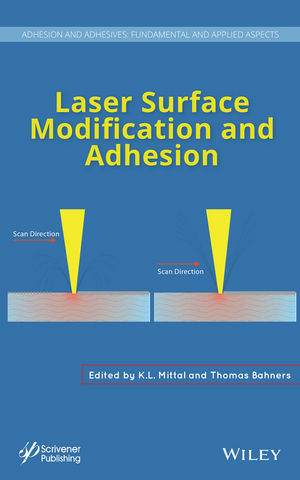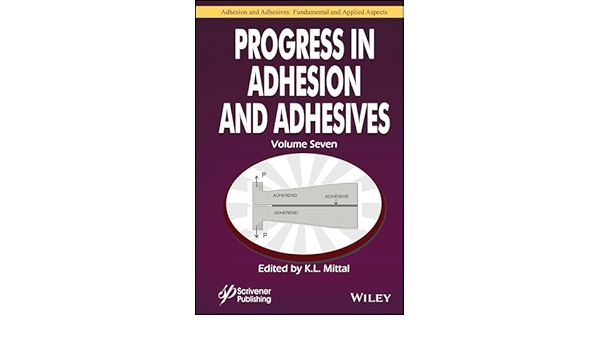Ask Dr. Dave

 QUESTION: We want to bond aluminum to several thermoplastics and thermosets for an outdoor application that could experience both high and low temperatures. What types of adhesives should we consider?
QUESTION: We want to bond aluminum to several thermoplastics and thermosets for an outdoor application that could experience both high and low temperatures. What types of adhesives should we consider?
ANSWER: A cyanoacrylate adhesive will probably give you rapid high-strength bonds, but you should be careful about the high temperature requirement. Cyanoacrylates are thermoplastic, non-crosslinked adhesives and may creep under load. It is important to test the adhesives under the appropriate conditions.
Epoxies will give you better high-temperature properties—particularly if you heat-cure them—and should perform well on most thermoset plastics. However, you should expect lower strengths than cyanoacrylates on many thermoplastics.
You might also consider trying a reactive acrylic adhesive for this application. This type of adhesive bonds these materials very well and has some toughness and flexibility to resist the stresses caused by differences in the thermal expansion coefficients of the materials you are bonding.
QUESTION: Why do some manufacturers of polyurethane sealants say that I should not tool a joint with soap and water (even though to use nothing is almost impossible)? However, they do suggest that open cell backer rods are better than closed cell ones because they allow the moist air to reach the product to help it cure. Why then can’t I use water to finish the joint? I am also seeing mineral spirits mentioned as a finishing product—can I use this?
ANSWER: Most manufacturers do not recommend soapy water for tooling the joint for three reasons. First of all, the soap can sometimes interfere with adhesion. Secondly, excessive moisture in a polyurethane can often lead to CO2 generation and create bubbles in the sealant. You probably noticed that application of these sealants is not recommended if rain is expected. Finally, water can sometimes cause staining of the joint. Dry tooling is usually recommended, but hydrocarbon solvents, such as mineral spirits or xylene, can be used if necessary.
Any views or opinions expressed in this column are those of the author and do not represent those of Adhesives & Sealants Industry, its staff, Editorial Advisory Board or BNP Media.
Looking for a reprint of this article?
From high-res PDFs to custom plaques, order your copy today!








